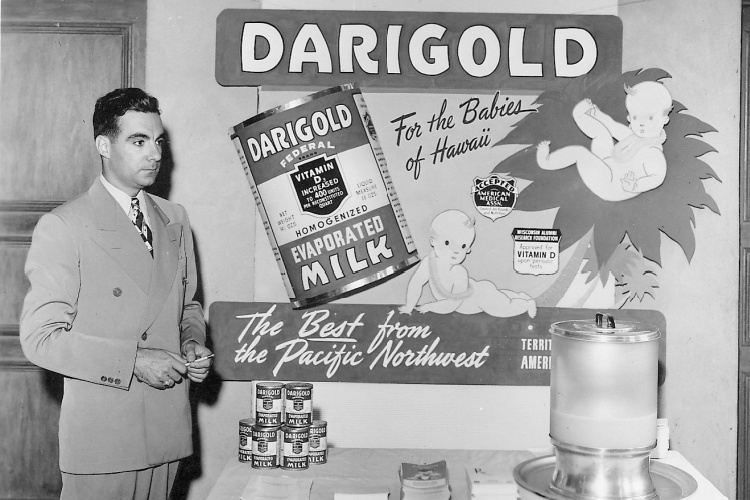- About
- Key Issues
Labor & Rural Policy
Sustainability
Animal Health
Nutrition & Food Safety
Labeling & Standards
- Programs & Resources
- Advocacy
- News
- Membership
- Events
- Stay Informed
- Contact
About Cooperatives
What is a dairy cooperative?
A dairy cooperative brings together farmers to market their milk and collectively further the economic well-being of the cooperative’s member-owners. They are owned and democratically governed by members who share in the cooperative’s profits and expenses.
Dairy co-ops range widely in size and function. While some exist only to market milk, others have diversified to own and operate processing plants to earn revenue from the sale of dairy products, both locally and globally. Farmer-owned dairy cooperatives collectively handle about 85 percent of U.S. milk and are a major player at all levels of the U.S. dairy industry.
(Sources: USDA, Dairy Markets)
How do cooperatives benefit dairy farmers?

Cooperatives provide dairy farmers with a secure market and significant stability for producers of what can be an economically volatile commodity. Importantly, cooperatives also enable dairy farmers to bargain more effectively with companies that purchase farm products—such as dairy processors and retailers —by increasing their market power.
Cooperative members benefit from the many marketing services that co-ops provide, most of which reach beyond the capabilities of any individual farm. Many co-ops also support their members in other ways, such as providing field services, verifying weights and tests of milk, selling equipment and supplies, and providing health insurance. Cooperative members can also receive more competitive prices from retailers and consumers based on supply control and brand strength.
Cooperative members, through membership in the National Milk Producers Federation, also influence federal policy discussions on issues including dairy pricing, animal health, labor availability, taxation and international trade.
(Sources: USDA, Cornell University, Dairy Markets)







